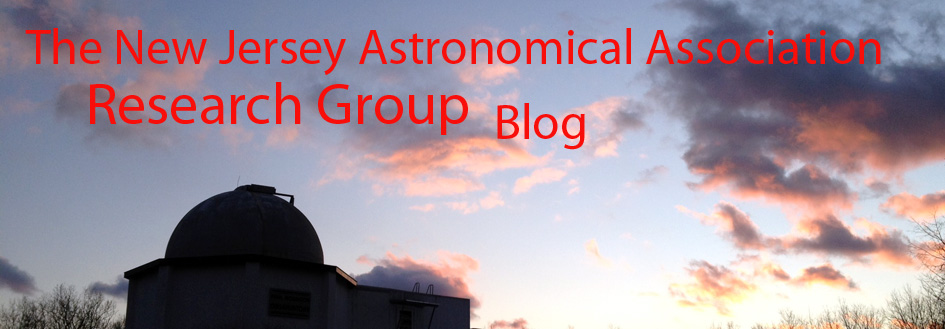Well, it has been more than 3 months since my last imaging session which was on November 15, 2012. It's either a holiday or it is very cold. Either we got snowed in or once the road re-opens, clouds would come in... then it will clear up, but the seeing would be atrocious... Conclusion: did not get a chance to do for a long time!
It is especially frustrating since we got a new and better camera available to us. At this point, Jupiter is getting smaller and dimmer, although not very significantly, but still. It is also lower in the sky.
Now, back to my last imaging session. Here are couple images of Jupiter and its moon Io taken on 11/15/12 at 12:15am and 12:32am.


Forget the difference in image processing and color balance for now. I guess I would have to work on that to get consistent results.. but,
First of all, it is amazing to realize just how fast the planet rotates. Images were taken 17 minutes apart.
Of course, Jupiter's moon Io is even faster than the planet's rotation itself. It is so fast, that it is really difficult to get it sharp because taking even 30 seconds per channel of recording (total of about 2 min for RGB given some extra time to rotate filter wheel). The moon looks discolored, especially in first image. You can see layers of blue, green and red if you look closely. It's tricky to align it properly.
Another issue I wanted to mention is the focus. Now, we are using Meade LRGB filter set and I have a feeling they are not exactly parfocal. So far, I have never attempted to refocus before switching to different channel. From reading some reviews, pretty much all of people say great things about Astronomik LRGB imaging set. Not only they are parfocal, but they also have broader transmission and more accurate bandpass for each R, G and B and therefore easier to calibrate combined RGB. Of course they are probably fairly expensive. For our own set, we will need to re-adjust focusing and I think it will be hard to do for Jupiter but easier for slower rotating Saturn and Mars.
Overall, it has been a bit more than a year now, since my first attempts at planetary imaging and there are a lot of positives and improvements, although the learning curve is a bit steeper than I initially though.
Vlad.

